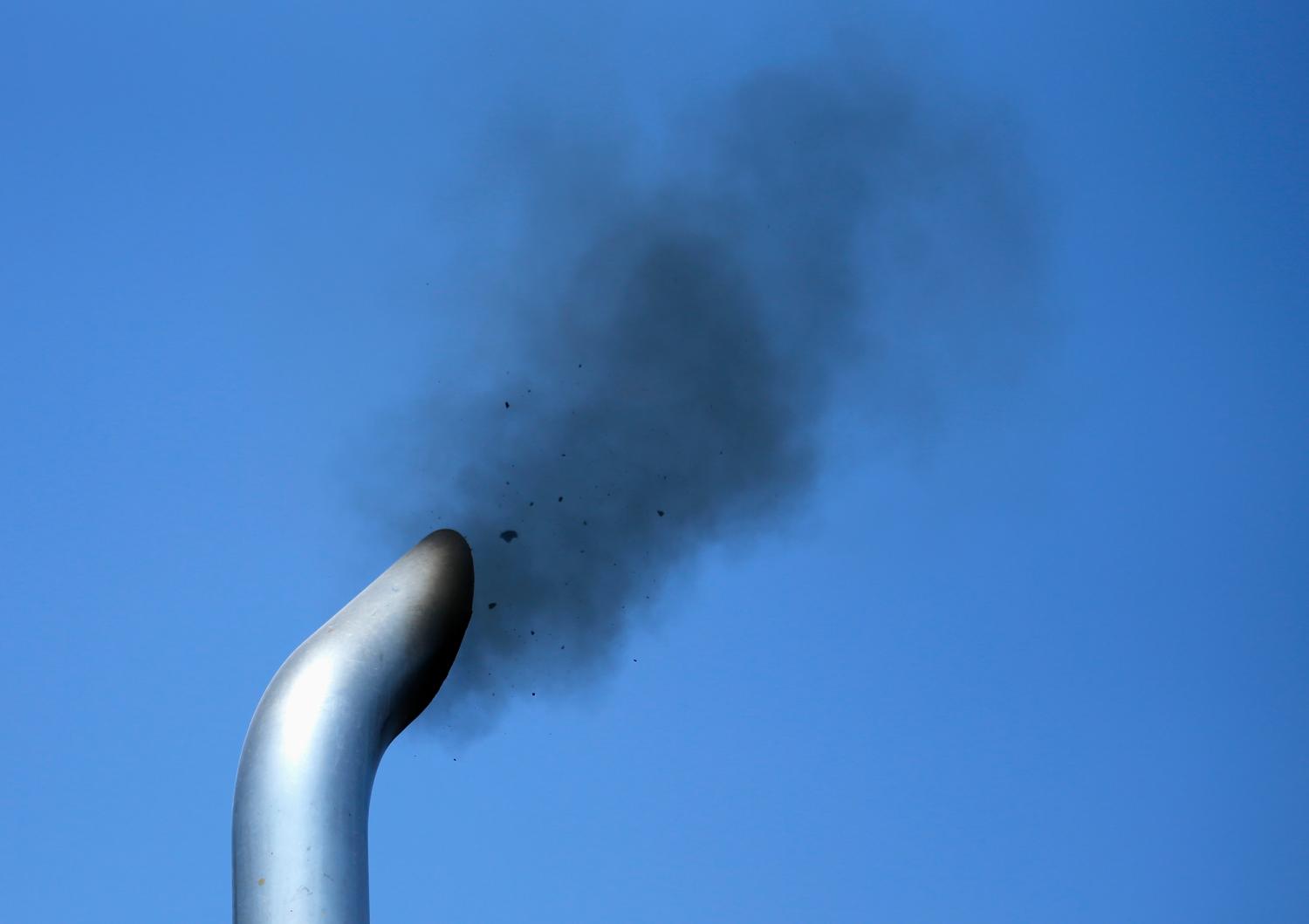Some U.S. firms use proportionately more energy than other firms do, and they compete in international markets. These firms and their products are called energy-intensive and trade-exposed (EITE). All else equal, a greenhouse gas (GHG) tax (a carbon tax, for short) imposed in the United States and not analogously in other countries could lower the tax’s environmental benefits by driving production, new investment, and emissions to countries with less ambitious climate policy, a shift known as emissions leakage.
Draft U.S. carbon tax bills and other proposals manage this with border carbon adjustments (BCAs). An import BCA would apply a charge to select imported emissions-intensive goods. An export BCA would pay domestic producers for the carbon tax-related costs they incur in making goods they export from the United States.
In the policy brief “Making border carbon adjustments work in law and practice” (PDF), Adele Morris addresses issues relating to the creation of border carbon adjustments (BCAs) as part of a carbon tax. To which products should BCAs apply, and from what countries and on what basis? Under what conditions could or should BCAs be suspended, and who decides? Which responsibilities should fall to which agencies, and how might stakeholders appeal determinations made by federal agencies? What kind of emissions or economic data would BCA administrators need, and how can the program remain simple enough to administer feasibly? What constraints do World Trade Organization (WTO) rules impose on the design of a BCA program? And what would be the implications if other countries applied similar measures to U.S. goods?
Why include BCAs in a carbon tax bill?
At least three potential motives apply to BCAs: reducing emissions leakage; preserving the competitiveness of U.S. manufacturers; and pressuring trading partners with less stringent climate policies to catch up.1 However, in light of research revealing relatively small amounts of leakage as summarized by Aldy (2017), the primary goal of BCAs should be to address the concerns of the most vulnerable industries without worrying too much about emissions leakage more broadly.
What should a BCA adjust, exactly?
Intuitively, an export BCA would compensate domestic producers that export their goods for the increase in their costs of production that result from the carbon tax. An import BCA would charge importers for the carbon emitted in the production of the products they sell in the United States. In practice, a BCA program can only adjust what administrators can observe, measure, and monetize.
What policymakers choose to adjust significantly affects the incentives of firms. Suppose the export BCA adjusts only for direct and indirect carbon tax liabilities embodied in the exported product. Then a firm’s export rebate could shrink when it lowers its emissions, undermining incentives to abate. Likewise firms using a range of production processes would have the incentive to export their most carbon-intensive products. The policy could set the border adjustment based on embodied emissions for all production of a given product by a particular firm, not just exports. That would limit the returns to export shuffling, but could involve tracking tax burdens for far more goods than those that end up exported. It could also induce firms to spin off their higher emissions production into a separate export-intensive firm.
Policymakers could peg export BCAs to measures like current or historical U.S. industry averages, rather than firm-level behavior. Such benchmarks would simplify program administration, but then BCAs would diverge from firms’ actual costs; some would be overcompensated and some undercompensated.
Similar challenges arise in setting import BCAs with the added problem of measuring the emissions in other countries attributable to the products they send into the United States. The import BCA could price the carbon in the firm’s production process at the applicable carbon tax rate in the United States.2 This approach would require considerable information about the production process, but it would reasonably mirror the tax applicable to comparable production in the United States. Of course, another country could shuffle which goods go to export, steering its cleanest products to the United States (or wherever has the lowest import BCA). This could justify using a firm-level average for emissions attributable to production of all of a given product.
Read the full paper here.
-
Footnotes
- Cosbey et al (2012), p. 4; Fischer and Fox (2012)
- Kortum and Weisbach (2018) contemplate this approach.





